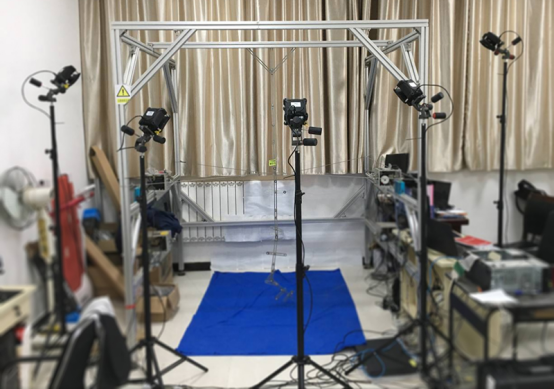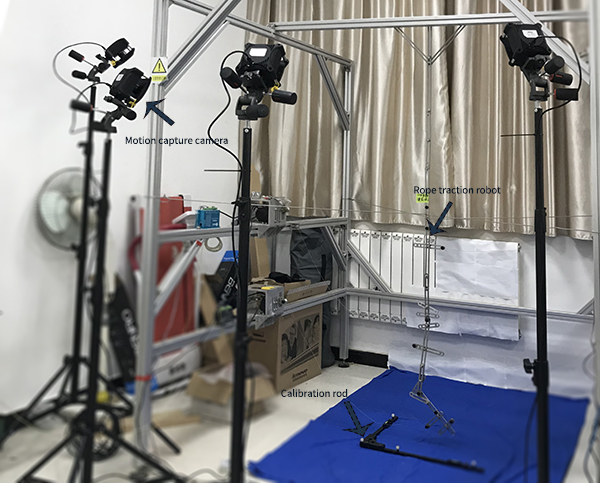In recent years, the number of patients with dyskinesia caused by diseases and accidents is increasing, and people's demand for rehabilitation medicine is also increasing, and rehabilitation robots have developed rapidly. Combining robot technology with rehabilitation therapy, the limbs are driven to repeat movement by mechanical structure, so as to stimulate and reconstruct the motor nervous system, which can help the limbs recover their motor function.
Rope-driven robot is a rehabilitation robot which uses ropes instead of rigid bars as driving elements. Its structure is simple, its inertia is small, its mechanism is relatively light, its movement speed is fast, its load ratio is high, it can be modularized and reconfigurable, and its manufacturing and maintenance costs are low, which has attracted wide attention at home and abroad in recent years.

The rope traction robot developed by Duan Qingjuan, Associate Professor of School of Mechanical and Electrical Engineering, Xidian University, uses two-bar system to simulate upper and lower arms, and three-bar system to simulate upper and lower arms to add hands. During the experiment, it is necessary to plan the multi-bar motion trajectory according to the forward swing angle range of upper limbs when people walk naturally. The team uses NOKOV optical three-dimensional motion capture system to measure parameters such as the forward swing angle and length of upper limbs when people walk. The shoulder joint, elbow joint, wrist joint and hand end of the experimenter were pasted with markers, and walked naturally on the treadmill. Trajectory can be planned after the upper limb data in natural state is obtained. The multi-bar system takes the vertical to the ground as the initial position. Firstly, the multi-bar stops at the highest position in front of the body, that is, the maximum angle, through the law of acceleration, then constant speed and finally deceleration, and then returns to the initial position with the same law. 30s is a cycle, which simulates the state of the upper arm during movement.

In addition to planning the multi-bar trajectory, the experimental team also optimized the configuration of the multi-bar mechanism, using Monte Carlo method to optimize the motor position and rotation distance, and maximizing the feasible workspace of force rotation while ensuring that the planned trajectory is within the feasible workspace of force rotation. Using the optimized configuration, two-bar mechanism and three-bar mechanism are built for experiments. The actual trajectory is measured by NOKOV optical three-dimensional motion capture system, and the rope tension is measured by sensor. Compared with the calculated trajectory and tension theoretical values, the correctness of the optimization method is verified.